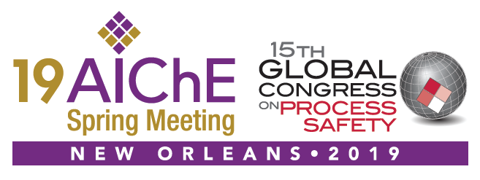

Decreasing the distance to free vent will limit flame acceleration and decrease the potential for a DDT for a given congestion/confinement level and fuel mixture. High fuel reactivities and elevated congestion/confinement levels would require smaller distances to free vent to preclude a DDT, as well as limit the maximum flame speed to a prescribed value. This paper describes an internal research program executed by BakerRisk that takes a first step towards demonstrating this mitigation option. Tests were performed using near-stoichiometric ethylene-air mixtures in an elongated test rig configured with a medium level of congestion. The free vent distance required to prevent a DDT in this configuration was determined. This paper presents the results of the test program, the associated FLACS predictions, and potential areas for future research.
Presenter(s)
Language
Pricing
Individuals
| AIChE Member Credits | 0.5 |
| AIChE Pro Members | $19.00 |
| Employees of CCPS Member Companies | Free |
| AIChE Graduate Student Members | Free |
| AIChE Undergraduate Student Members | Free |
| AIChE Explorer Members | $29.00 |
| Non-Members | $29.00 |
